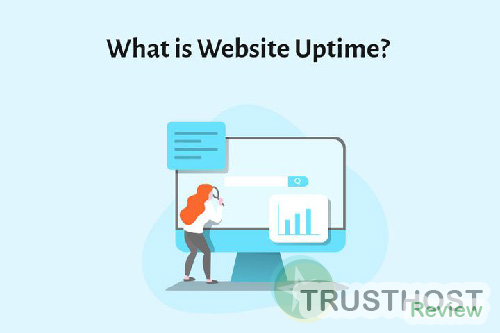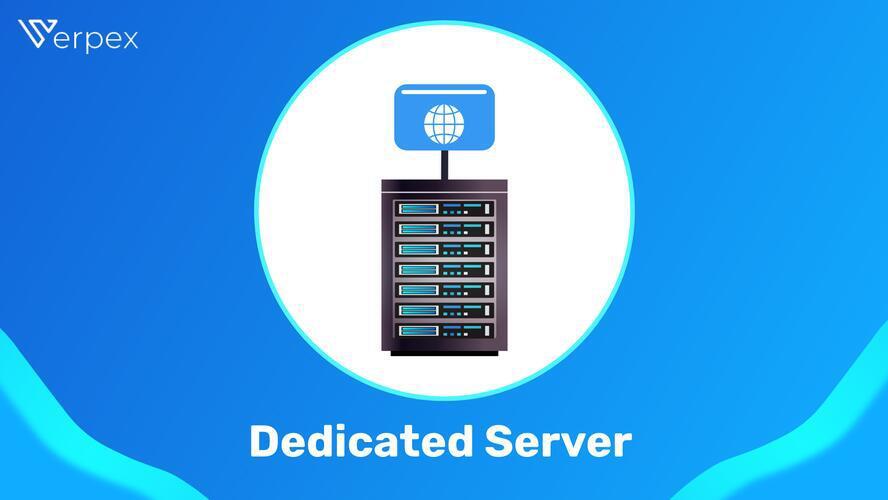Authorization: Controlling Access to Resources
Where information is king, ensuring that only authorized individuals can access specific resources is paramount. This is where authorization comes into play.
What is Authorization?
Authorization, often confused with authentication, is the process of determining what resources a user is allowed to access after their identity has been verified. While authentication confirms who a user is, authorization dictates what they can do or access.
How Authorization Works:
- Identity Verification (Authentication): The process begins with verifying the user's identity through methods like passwords, biometrics, or tokens.
- Permission Evaluation: Once authenticated, the system checks the user's permissions or roles associated with their account. These permissions define the specific actions they are allowed to perform.
- Access Control: Based on the permission evaluation, the system grants or denies access to the requested resource.
Types of Authorization:
- Role-Based Access Control (RBAC): Assigns permissions to specific roles within an organization (e.g., administrator, editor, viewer). Users inherit the permissions of their assigned role.
- Attribute-Based Access Control (ABAC): Leverages attributes of users, resources, and the environment to make access decisions. Provides greater flexibility and granularity.
- Policy-Based Access Control (PBAC): Employs policies defined by administrators to regulate access. Offers a centralized and configurable approach.
Importance of Authorization:
- Data Security: Prevents unauthorized data breaches and ensures that sensitive information remains protected.
- Compliance Requirements: Organizations must comply with industry regulations and standards that mandate proper access control mechanisms.
- Operational Efficiency: Streamlines workflows by granting appropriate access levels to different user groups.
Beyond the Basics:
- OAuth 2.0: An open standard for delegated authorization, commonly used for granting third-party applications limited access to user accounts.
- OpenID Connect (OIDC): An authentication layer built on top of OAuth 2.0, providing a standardized way to verify user identities.
Authorization plays a crucial role in modern security practices. By implementing robust authorization mechanisms, organizations can effectively protect their valuable resources, comply with regulations, and enhance operational efficiency. Understanding the different aspects of authorization empowers organizations to make informed decisions and establish a secure and controlled environment.















